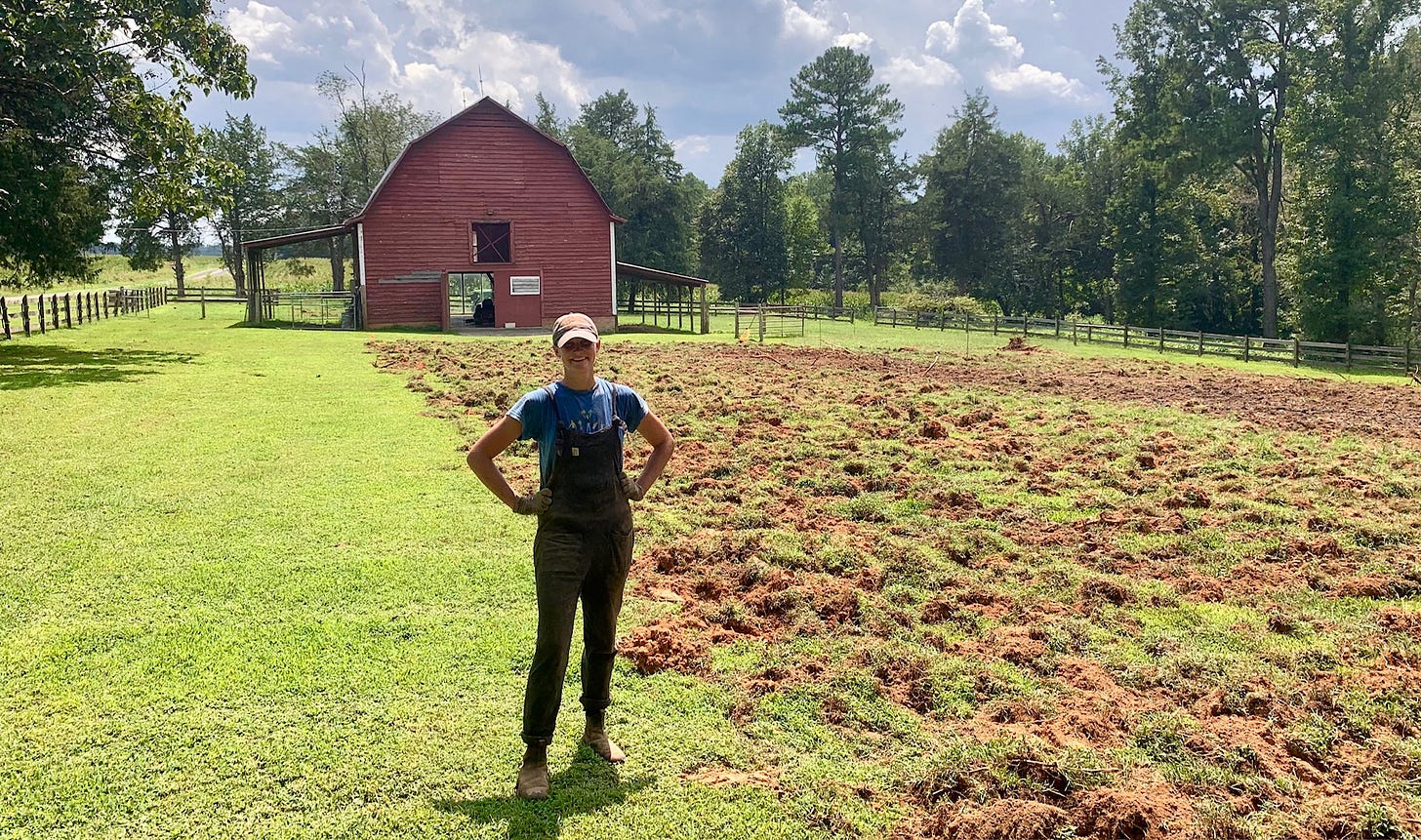When we purchased our 10-acre farm in July 2019, I had grand visions of building a beautiful, productive market garden – but I would need to start totally from scratch.
I had an empty pasture, zero infrastructure, a limited budget, and big dreams.
I am often asked how *exactly* I turned a grassy field into a market garden? Well, this post is going to cover the ENTIRE process, with detailed photos and links to all my must-have tools and materials.
I want to preface by saying that every garden/farm set-up and situation is very unique, and I certainly don’t expect anyone to copy every single step that we took to establish our farm. But I hope that sharing all the nitty gritty details will empower folks to dive in and get started on your own plot of land!
In this post, I’ll share:
PART 1: Preparing the soil
All the nitty gritty details of our 6-month process of preparing the soil for a thriving market garden (with lots of photos)
How silage tarps are critical to our soil preparation process (and why they are important + where to source them)
Additional infrastructure investments we made when establishing our market garden
PART 2: Building the beds
Our process for building permanent in-ground beds (with lots of photos)
The key farm tools that we use to maintain our beds
The importance of landscape fabric for keeping grass/weeds out of our beds (andhow we install it around the perimeter of our growing areas)
The exact measurements for our beds/pathways and the amendments we use to nourish the soil
There is a LOT to cover, so let’s jump right in!
A note that this post took a LONG time to put together, and it is available for paid subscribers. My hope is that if you find this information useful, that you will invest in your food-growing endeavors and consider supporting my work as a paid subscriber. Either way, know that I’m rooting for you and I’m grateful you’re here!
PART 1: Preparing the soil
First things first, there were several large cedar trees that had to be removed from our market garden area, so I hired a local tree removal company to remove the trees (and grind the stumps).
Once the garden area was cleared, I hired a local farmer to use his tractor with a subsoiler attachment to open up the future garden area. Our farm was previously used for grazing livestock, and the soil had become very compacted over the years. Subsoiling helped open up the ground and loosen the compacted soil in preparation for growing vegetables. Once the garden was subsoiled, I spent a day or two pulling out any remaining roots from the cedar trees that we had removed. This was hard but satisfying work!
Next, I measured out exactly where each growing quadrant was going to be.




